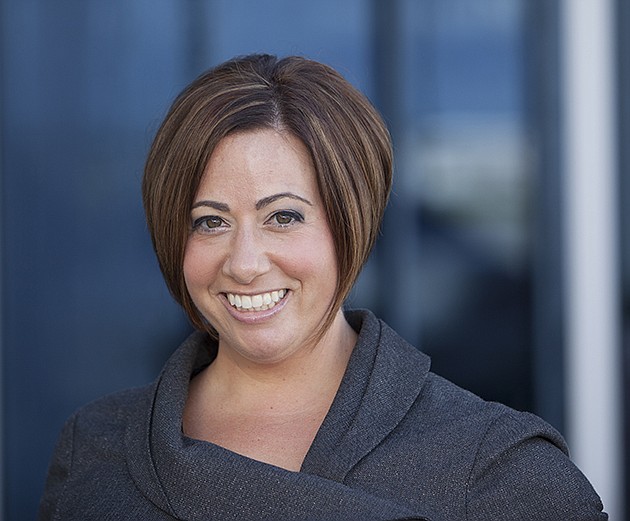- January 14, 2025
-
-
Loading

Loading

The quick-hit answer to getting your company media coverage, from blogs and TV news to magazines and newspapers, is to hire a public relations professional or company.
But there some key steps nearly every entity can do, even without an internal PR staff. The list includes:
Be interesting, says Heidi Smith of Anna Maria-based Heidi Smith Communications. “Do not expect journalists to cover the mundane,” she writes in her list of top 10 must-dos. “If you're not sure whether the story is newsworthy, it probably isn't.”
After interesting comes interesting in the right spot. “Remember, you need to meet the needs of the news outlet by providing information of interest to their readers, viewers and listeners,” says Suzie Boland of Tampa-based RFB Communications Group. “Just because it's important to you doesn't mean they will care. News coverage is typically driven by what's new, timely, unique, informative and interesting.”
So research is paramount. “Look at the backgrounds and social media posts of reporters covering your industry or topic,” Smith says. “Then craft a release or story pitch that appeals to their interests.”
Accessibility is another necessity. “If you ask the media to cover your story,” Smith says, “you'd better clear the decks and be ready to respond to inquiries.”
And if and when you are interviewed, Boland says to always tell the truth, avoid industry jargon and don't “be salesy or self-promotional.”
Boland and Smith say a big no-no is to go off the record. “Don't say anything you don't want to see spread across the internet, TV and the newspaper,” Smith says. “Going off the record is a rookie mistake.”
After an interview, says Boland, don't ask to review or see the article before it's published. By a general rule, newspapers and magazines never allow subjects to see stories before they're published. The ones that do that charge a fee, and then it's essentially an advertisement.
Like any other business relationship, working with the media is a process. It's OK to be courteous, says Smith. “An email thank-you note acknowledging the reporter's story is a nice touch,” Smith says.
“Don't gush, but do express your gratitude for their interest.”
— Mark Gordon
How I did it
Public relations professionals, working for clients or working in an organization or company, are constantly calling, cajoling and coordinating reporters for coverage.
Elise Ramer, who does PR for Coldwell Banker/NRT, based in Sarasota, recently scored the holy grail of media attention — coverage in the Wall Street Journal. Her experience offers a guide for business owners and executives who seek to get their own businesses more coverage.
This is Ramer's story:
“I had just started working for Coldwell Banker/NRT as their senior public relations specialist, and a main portion of my job (and still is), is to handle national public relations for one of Coldwell Banker's top teams in the United States. This team has listed and sold several celebrity properties and is the pinnacle of luxury real estate in Miami Beach. They had a major celebrity listing, and I wanted to land a story in the Wall Street Journal to prove to myself and to them that I was the right woman for the job.
“Anyone who works in PR will tell you that you have to research a media contact. You can't fly blind and pitch a story without having some knowledge of what they like. My preferred method is Twitter-stalking, but LinkedIn is also a great place to start. I found the journalist on Twitter, and started to like and retweet her posts. I spent a week reading a dozen of her articles and familiarized myself with her writing style.
“I had planned out my phone pitch perfectly. I would mention her latest article and how much I appreciate her journalistic style. Halfway through the call, a wave of morning sickness came on and I had to excuse myself from the call. A short while later, I called her back and she revealed that she was also pregnant, and we realized our due dates were just three weeks apart.
“This opened the door for a lasting relationship with this reporter. There is a mutual respect, but also, I know how limited her time is so I only send her the most pertinent information. I have since landed a dozen or more stories in the WSJ and built lasting relationships with other journalists in her department.”